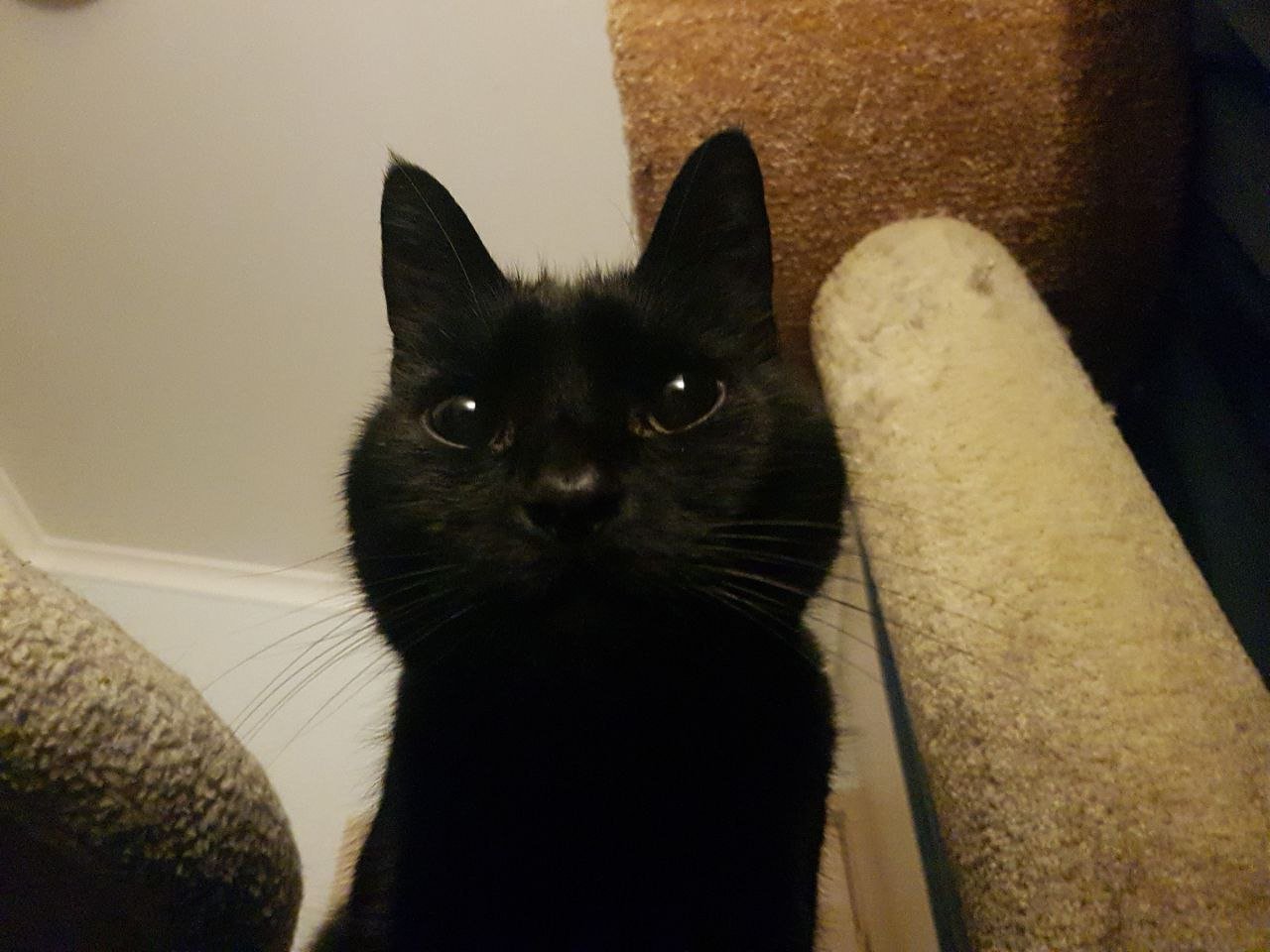

What OS do you use? Windows, Mac, Linux? And same for your phone? Android? If so, you should be able to get it set up on your desktop and phone.
First, get it installed on your desktop. For windows and mac go to the Syncthing download page and grab the installer. On Linux you will find install instructing below, but basically use your package manager to install syncthing.
Once it is installed you can start it up and it will open a GUI, most likely through your web browser (probably 127.0.0.1:8384 or similar). From here you will have your Syncthing interface for your computer set up, so on to the phone.
On your phone install syncthing from whichever store you use, fdroid is my favourite. Once installed open it and you should have an option to add another device. You can use this to scan the QR code on your computer Syncthing interface.



I think piecemeal is a good way to go. Switch from MS Office to LibreOffice, from iOS to android, from Photoshop to Krita, then go to dual booting Linux (probably Mint or similar) with Windows, learn more using both, find what things you reboot to Windows for, find solutions for those using Wine and alternative software, get used to solving problems in Linux land and learn the tools. Once you are comfortable with a mix of both get rid of what you can, use Windows less and less, try CalyxOS or Graphene for your phone if possible, keep making steps. Each step makes progress, and imperfect solutions are a better starting point for finding better solutions.
That said, for the earliest steps a virtual machine is an amazing tool, as is an old laptop. You can learn to solve problems on virtual or real hardware without making your life harder then inch closer to freedom. I’ve been using Linux since 2006 and honestly it has been a constant learning process. The first year was mostly VM learning, then an accidental install on my external HDD taught me about hubris and data protection. Since then I have kept moving towards more open hardware and software one step at a time. Getting started is the key, nothing teaches as well as trying.